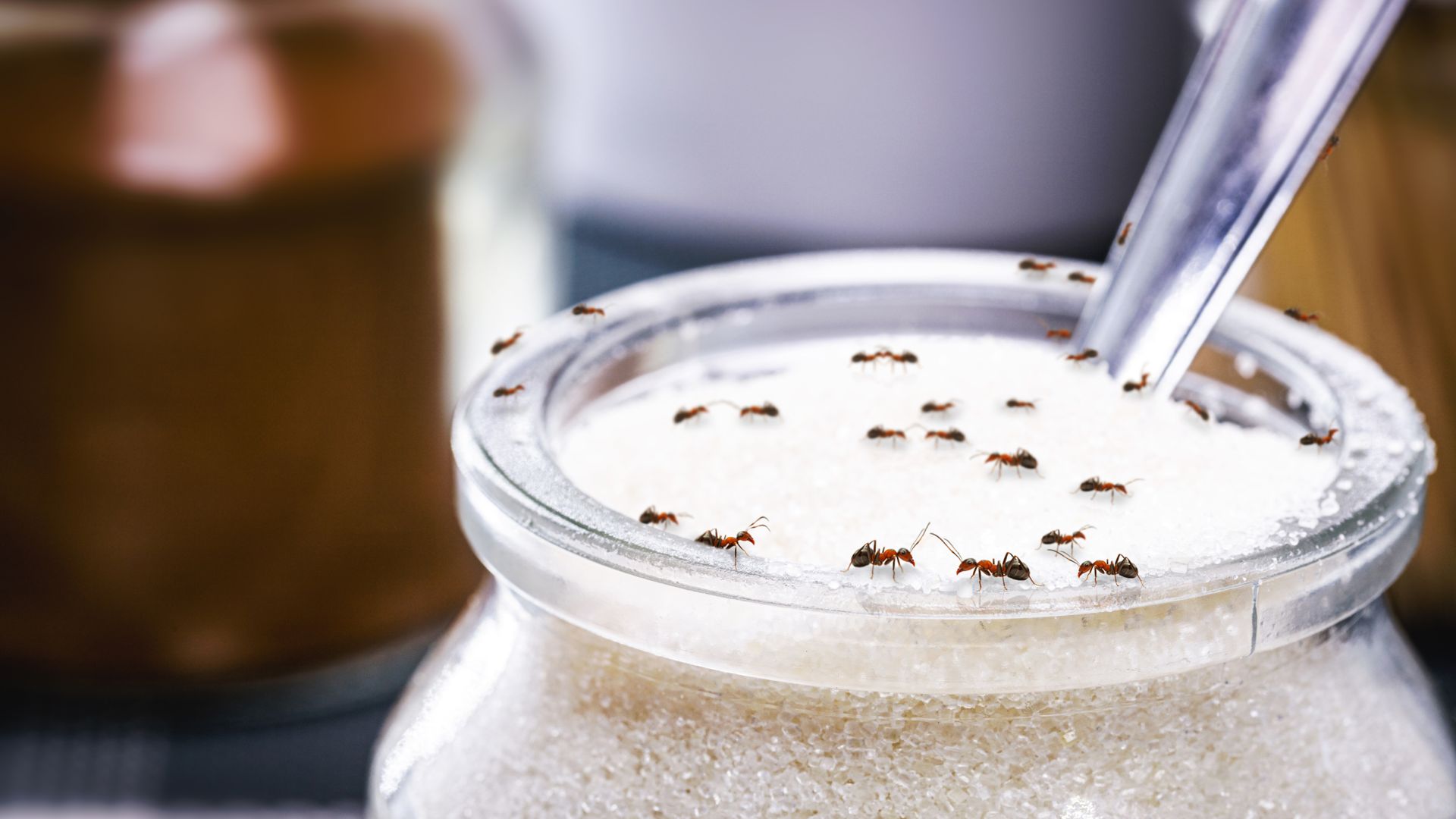Norwalk, Connecticut, is an excellent destination if you're looking for a city with gorgeous beaches and stunning sunrises and sunsets. This quaint community has unique shops, fun-filled festivals, top-notch restaurants, and some of the prettiest landscapes in Fairfield County. Another unique feature found around the Norwalk area is the Japanese beetle. Without Norwalk pest control, this local pest can seriously damage plants on your property.
What Are Japanese Beetles?
Japanese beetles are considered an invasive species not native to the United States. Their unique appearance can help distinguish them from other beetles in the Norwalk area. Japanese beetles have oval bodies about a third to half an inch in length. Their head and the area just behind it (thorax) are metallic-colored, and their wing covers are copper-brown. If you look closely you may also notice patches of white hair on their abdomens. They have antennae that appear clubbed at the ends and can resemble a fan when spread out. Not only can adults cause trouble on properties, but so can their larvae.
Japanese beetle larvae (grubs) measure from an eighth of an inch to one inch long and are creamy-white with tan to dark-colored heads. They tend to curl up into the shape of a "C," and if you look carefully at their back end, they have hairs that will split apart into a V-shape. When you discover Japanese beetles and their larvae on your property, it is essential to take them seriously since they can damage plants and grasses. Having an expert like Tims Pest Control LLC nearby can aid property owners in protecting their plants and grasses.
The Extent Of Damage Japanese Beetles Can Create
Both adult Japanese beetles and their larvae can damage foliage growing on properties. Adults find fruits, vegetables, flowers, buds, trees, and shrubs delicious. As they eat your plants, they target the soft tissues surrounding the more prominent veins on a leaf. Since they don't eat the large veins, the chewing pattern on leaves is often called "skeletonizing;" when large groups of beetles attack a leaf, skeletonization will give leaves a lacy appearance. While plants that Japanese beetles attack may look dead, damages are usually only cosmetic; however, feeding larvae is a different story.
When it comes to Japanese beetle larvae, they tend to damage lawns by attacking grasses at their roots. A larvae's feeding prunes plants and makes it hard for them to acquire enough water and nutrients necessary for survival. If larvae infestations are bad enough, they can kill grasses, leaving unsightly brown patches. The best way to eradicate Japanese beetles – both adults and their larvae – from properties is with expert pest control solutions from Tims Pest Control LLC.
How To Remove Factors That Attract Japanese Beetles
Trying to stop Japanese beetle damage is difficult; populations can fluctuate from year to year. Property owners can take a proactive approach to help withstand a Japanese beetle invasion by removing factors that could lure them onto properties.
Ways to make properties less attractive to Japanese beetles include:
Quickly remove Japanese beetles by hand to discourage others from joining them.
Remove damaged leaves from plants.
Consider removing or netting plants that attract Japanese beetles (hibiscus, roses, raspberry, grape vines, beans, birch, Japanese and Norway maple, and pin oak).
Plant species that discourage Japanese beetles (clematis, conifers, magnolia, daylilies, dogwood, forsythia, and rhododendron).
Japanese beetles are attracted to over 300 different types of plants, so it is difficult to stop them from settling on properties. With help from Tims Pest Control LLC, property owners can obtain expert assistance with Japanese beetle prevention and removal.
The Best Way To Completely Get Rid Of A Japanese Beetle Infestation
Property owners will need help from a hometown, family-owned and operated company like Tims Pest Control LLC to eliminate Japanese beetle infestations. Established in 1996, our company has decades of experience in the pest control industry. Our company caters to our customer's individualized needs by offering bi-weekly, monthly, bi-monthly, quarterly, seasonal, or semi-annual programs. Begin solving Japanese beetle problems today by calling Tim Pest Control LLC for a free quote.

